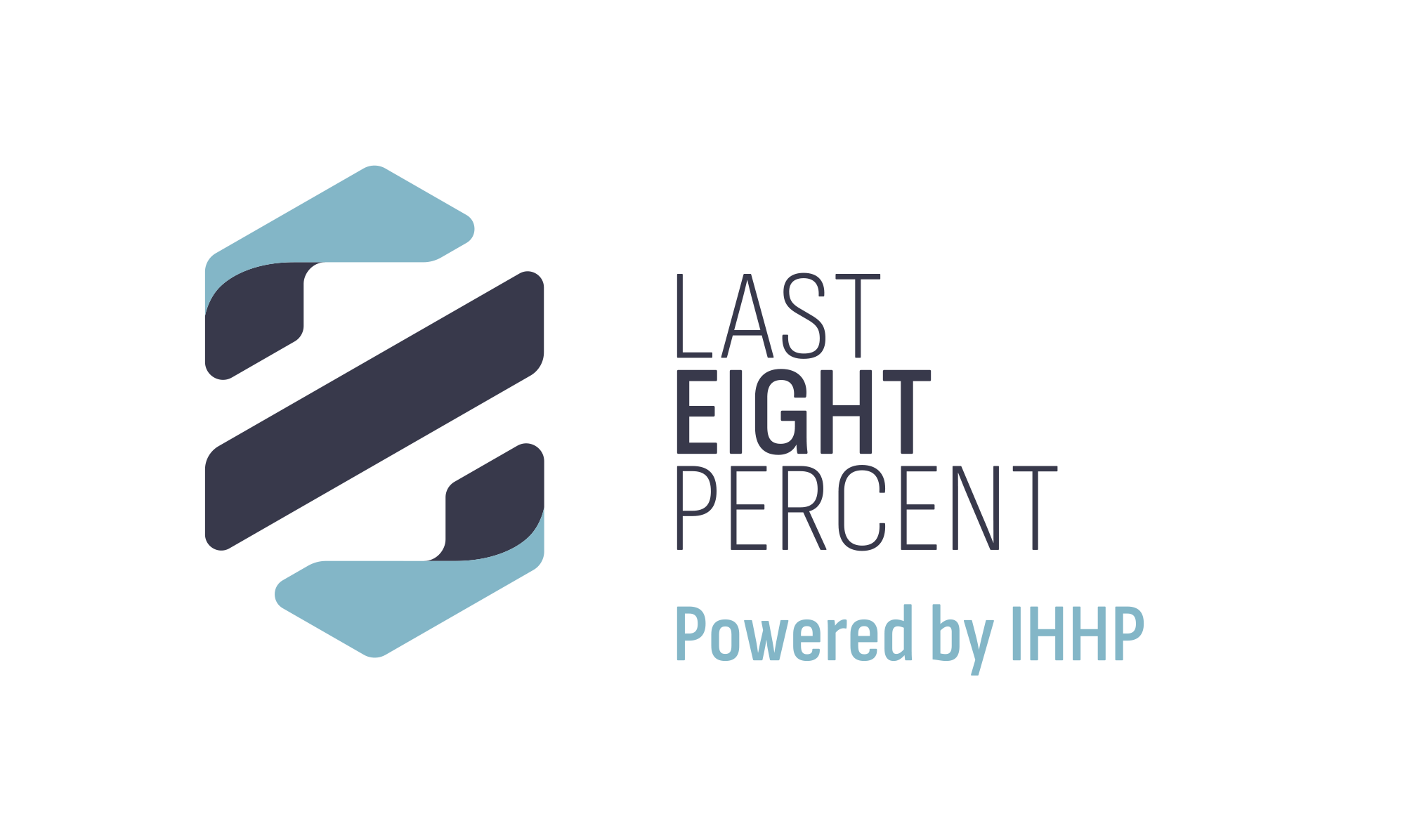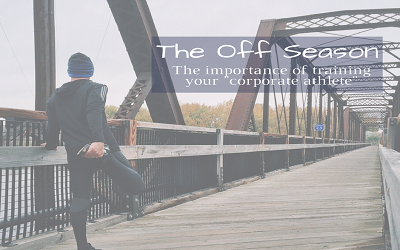In the frenetic lead-up to the Christmas Holidays, I met with a senior Learning & Development executive at a major financial institution, who got me thinking. The holidays were looming and she was lamenting the fact that 2016 had been an exceptionally challenging year harnessing C-Suite support for leadership training initiatives. “What’s so frustrating is that the senior leadership team agree the business needs the initiatives we’ve developed; the budget’s been approved. The issue is that they simply can’t justify the time to implement them.” Let’s face it, businesses today are working at ‘warp-speed’ and a convenient time for training simply doesn’t exist. Nothing new about that. However, it was her parting comment, “If only we had an off-season”. That got me thinking.
A dedicated time to retool, refresh and retrain?
I could connect with her frustration. She was caught in a real-life “catch 22” – a trap created by mutually conflicting conditions; a paradox or dilemma from which there is seemingly no escape. In this case, the frenetic pace of business and pressure to achieve, had exposed significant gaps in the organization’s leadership capability. Ironically, it was the same frenetic pace and pressure to achieve that conspired to prevent the roll-out of the very L&D initiatives that were designed to help leaders elevate their ability to perform under pressure. Understanding her frustration, I also connected with her whimsical parting comment – “How wonderful would it be if business had an off-season, a dedicated time to retool, refresh, and retrain?”
Every professional sport has an off-season, a time of year when the athletes are not actively engaged in competition. Professional athletes spend this time building capability and although the specific training regimes will vary from sport to sport, successful athletes use this time wisely, focusing on:
- Rest & recovery – they take a much needed break and rest their minds and bodies. The mental and physical break has been proven to pay dividends when the athlete actively returns to their sport.
- Reflection – detailed examination of past performances, statistics, metrics and films, enable athletes to objectively evaluate their past performances. Coupled with feedback from coaches and trainers, the athlete is able to identify strengths and areas for improvement.
- Skill development – with a focus on fundamentals.
- Physical conditioning – strength training, speed and cardiovascular conditioning.
- Psychological conditioning – constructive self-talk, visualization and mindfulness have all been proven to elevate performance. The mental game is the first battle that an athlete needs to win to be successful.
The benefits of an off-season.
It follows that an off-season dedicated to developing the above will benefit the professional athlete. At the same time, it is understandable that athletes who don’t engage in a structured off-season training program will be exposed and potentially beaten by those competitors who were more committed in the off-season. It also follows that the successful athlete would enlist the help of professional coaches with expertise in each area.
So, what can business learn from the concept and how can they accomplish the outcomes of an effective off-season when they don’t have the luxury of an off-season? The answer lies in the following approach:
- Honor the fact that the NEED to equip your leaders with the skills to perform under pressure is only demonstrated to be a priority through ACTION.
- As the war for talent heats up, organizations that don’t provide opportunities for professional growth and development risk losing talent to organizations who do.
- Partner with professionals who have the specialized skills and expertise to create tailored solutions to meet your needs.
IHHP has an impressive pedigree in partnering with Olympic and professional athletes to lift performance. Our track record in the corporate world over the past 20 years is equally impressive. We have developed a range of innovative delivery channels that have enabled time-poor leaders to elevate performance under pressure. Give us a call today to explore how IHHP can work with your corporate athletes to achieve the benefits of a successful off-season whilst they remain focused on the job at hand.
Need a little more convincing? Check out the ROI for Emotional Intelligence training white paper.
IHHP’s “Performing Under Pressure” Training Curriculum
Drawn from the latest insights from neuroscience, our own research of more than 12,000 leaders and frontline experiences of Fortune 500 employees and managers, IHHP’s leadership training curriculum delivers on the promise to help our clients be their best when it matters most.
We have learned that to perform under pressure, an individual needs to master three key areas:
- Emotions – our own and those we lead
- Cognition (Thinking) – focus, attention and decision making
- Conversations – delivering effective feedback and holding people accountable
Why? Pressure affects and disrupts our emotions (the emotional part of our brain), our thinking (the cognitive parts of our brain) and our ability to communicate effectively (which requires both).
IHHP’s training curriculum – combined with our assessments and coaching – provide participants with practical strategies that they can use in the moment to maximize performance when it matters most.
 Michael Bell, the Director Asia Pacific at Institute for Health and Human Potential (IHHP), is an expert on leadership and performance. Michael has extensive knowledge and experience as a speaker, coach and trainer, specializing in the topics of Emotional Intelligence (EI) and Performing Under Pressure. For the past 10 years he’s worked with leaders, corporations, professional and amateur athletes – helping them elevate performance, enhance leadership and implement positive organizational change.
Michael Bell, the Director Asia Pacific at Institute for Health and Human Potential (IHHP), is an expert on leadership and performance. Michael has extensive knowledge and experience as a speaker, coach and trainer, specializing in the topics of Emotional Intelligence (EI) and Performing Under Pressure. For the past 10 years he’s worked with leaders, corporations, professional and amateur athletes – helping them elevate performance, enhance leadership and implement positive organizational change.

